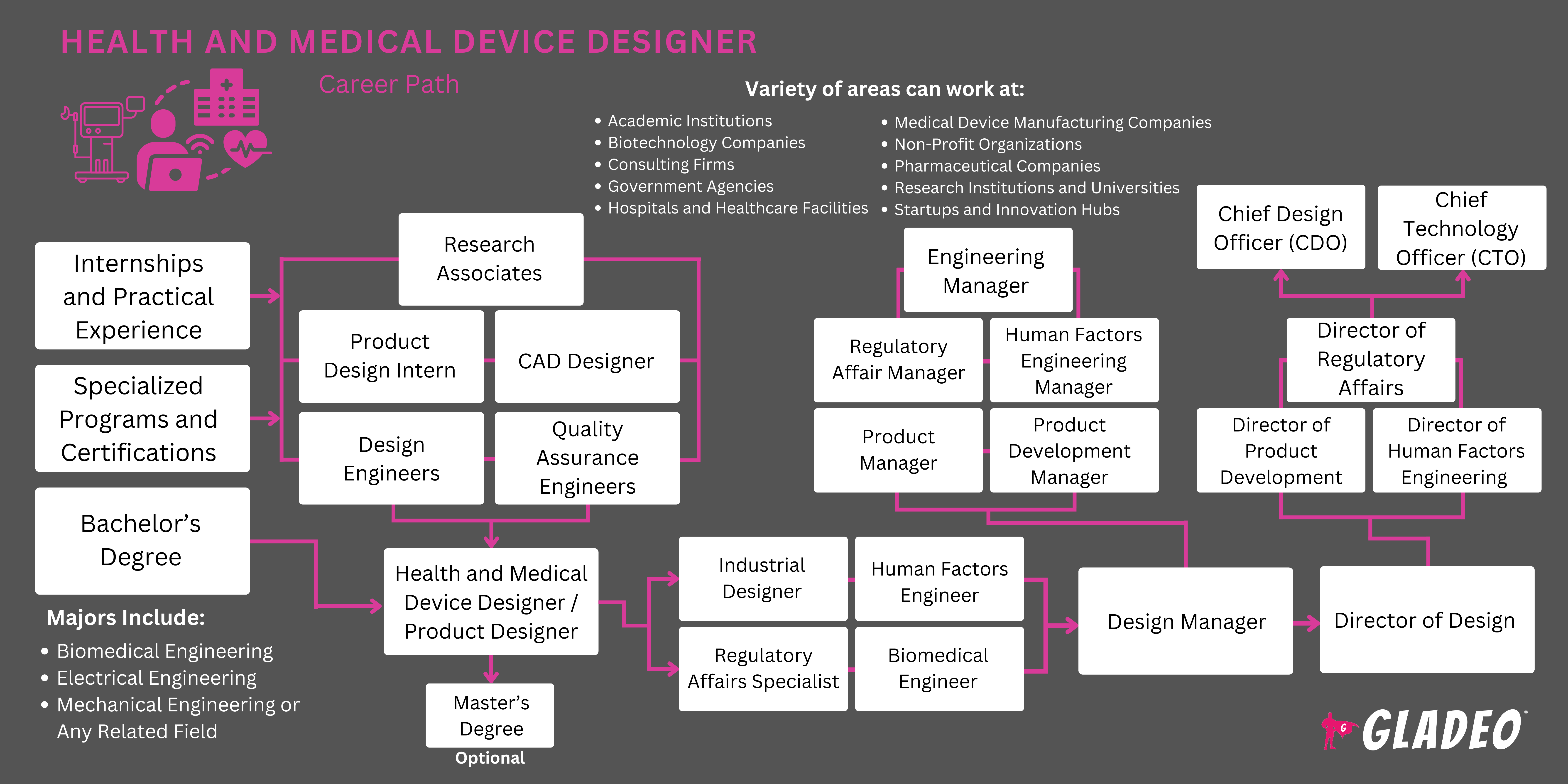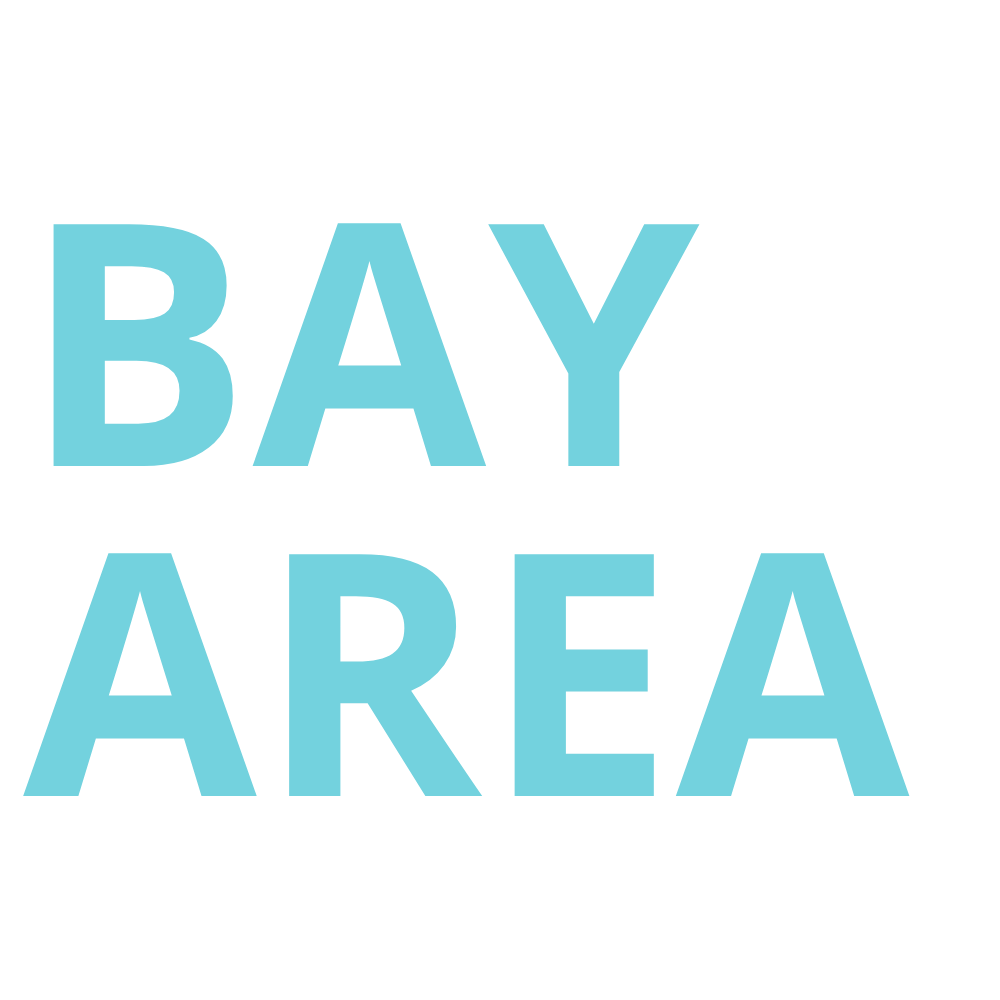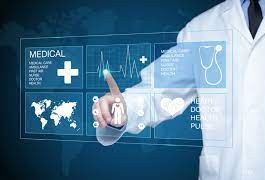Spotlights
Nhà thiết kế sản phẩm y tế, Nhà thiết kế thiết bị y sinh, Nhà thiết kế thiết bị chăm sóc sức khỏe, Nhà thiết kế thiết bị y tế, Nhà thiết kế công nghệ y tế, Nhà thiết kế thiết bị lâm sàng, Kỹ sư thiết bị y tế, Chuyên gia phát triển thiết bị y tế, Nhà thiết kế đổi mới chăm sóc sức khỏe, Kỹ sư thiết kế thiết bị y tế
Nhà thiết kế thiết bị y tế chịu trách nhiệm thiết kế và phát triển các thiết bị và dụng cụ y tế tiên tiến và thân thiện với người dùng. Họ kết hợp chuyên môn của mình về nguyên tắc thiết kế, khái niệm kỹ thuật và yêu cầu chăm sóc sức khỏe để tạo ra các thiết bị an toàn, hiệu quả và khả thi về mặt thương mại.
- Lên ý tưởng và thiết kế: Cộng tác với các nhóm đa chức năng, bao gồm kỹ sư, bác sĩ lâm sàng và quản lý sản phẩm, để cùng nhau động não và phát triển các ý tưởng thiết kế cho các thiết bị y tế mới hoặc cải tiến các thiết bị hiện có.
- Nghiên cứu và Phân tích: Tiến hành nghiên cứu kỹ lưỡng về nhu cầu người dùng, xu hướng thị trường và những tiến bộ công nghệ trong ngành chăm sóc sức khỏe để định hướng quá trình thiết kế. Phân tích và diễn giải phản hồi của người dùng, dữ liệu lâm sàng và các yêu cầu pháp lý để đảm bảo tuân thủ và tính khả dụng.
- Phát triển nguyên mẫu: Tạo ra các nguyên mẫu thiết bị y tế bằng nhiều công cụ và kỹ thuật khác nhau, chẳng hạn như thiết kế hỗ trợ máy tính (CAD), tạo mẫu nhanh và in 3D. Thử nghiệm và đánh giá các nguyên mẫu để đánh giá chức năng, tính tiện dụng và độ an toàn.
- Tối ưu hóa thiết kế: Phối hợp với các nhóm kỹ thuật để tinh chỉnh và tối ưu hóa thiết kế thiết bị dựa trên tính khả thi về kỹ thuật, khả năng sản xuất và hiệu quả chi phí. Tiến hành các vòng lặp thiết kế và nghiên cứu tính khả thi để đảm bảo khả năng tương thích với quy trình sản xuất.
- Lập hồ sơ và tuân thủ: Tạo lập hồ sơ thiết kế chi tiết, bao gồm bản vẽ kỹ thuật, thông số kỹ thuật và kế hoạch kiểm chứng thiết kế. Đảm bảo tuân thủ các tiêu chuẩn quy định có liên quan, chẳng hạn như quy định của FDA, tiêu chuẩn ISO và chỉ thị về thiết bị y tế.
- Thành thạo phần mềm CAD và các công cụ thiết kế khác (ví dụ: SolidWorks, AutoCAD, Adobe Creative Suite).
- Hiểu biết sâu sắc về các nguyên tắc thiết kế, kỹ thuật yếu tố con người và các nguyên tắc về khả năng sử dụng trong lĩnh vực chăm sóc sức khỏe.
- Kiến thức về các quy định và tiêu chuẩn thiết bị y tế (ví dụ: quy định của FDA, ISO 13485, IEC 60601).
- Hiểu biết về quy trình sản xuất và các yếu tố cần cân nhắc trong sản xuất thiết bị y tế.
- Kỹ năng giải quyết vấn đề và tư duy phản biện xuất sắc để vượt qua các thách thức thiết kế và tối ưu hóa chức năng của thiết bị.

Nguồn cấp tin tức

Công việc nổi bật

Các khóa học và công cụ trực tuyến

Kỳ vọng về mức lương hàng năm
Mức lương khởi điểm của nhân viên mới vào nghề khoảng 98.000 đô la. Mức lương trung bình là 119.000 đô la mỗi năm. Nhân viên giàu kinh nghiệm có thể kiếm được khoảng 149.000 đô la.
Kỳ vọng về mức lương hàng năm
Mức lương khởi điểm của nhân viên mới vào nghề khoảng 92.000 đô la. Mức lương trung bình là 101.000 đô la mỗi năm. Nhân viên giàu kinh nghiệm có thể kiếm được khoảng 139.000 đô la.








